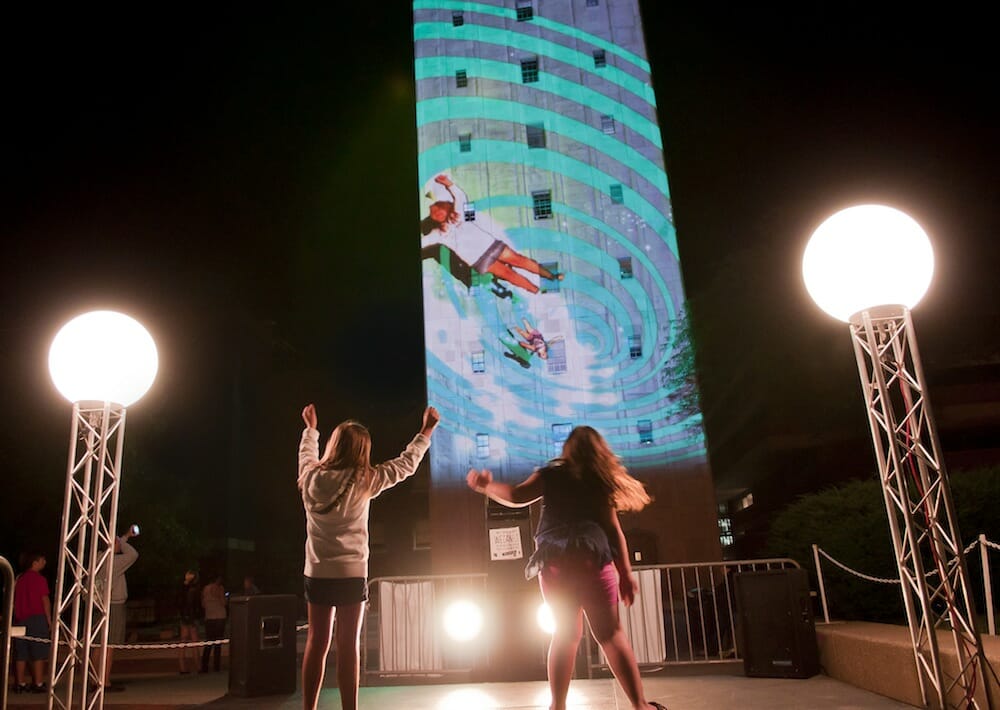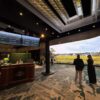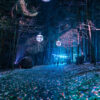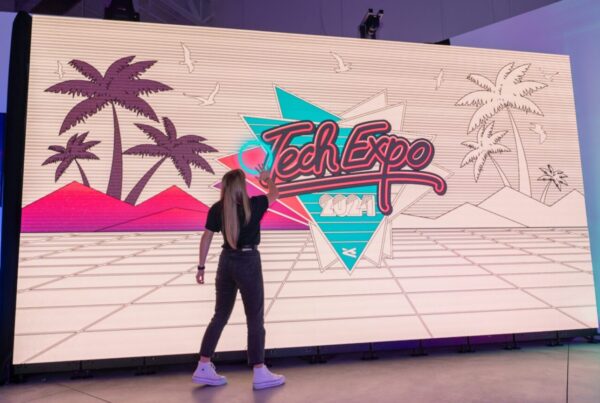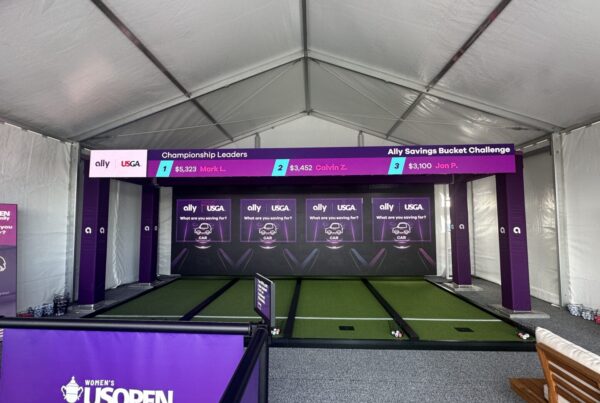In today’s tech-driven corporate economy, there is always something new or exciting influencing the world of design. Projection mapping can change the way a brand is viewed and generate exposure on a mass scale! While LED screens, LED Floors, LED Walls visuals, and even audio elements are laying an excellent framework, they’re not always able to satisfy the viewers needs when it comes to sparking wholesale discussion and full-on engagement. Ultimately this high level of engagement is what innovative designers are going for. Each technology noted above has a scenario where they can be the correct choice for your company, but they can often times lack the splash and sizzle that is provided with the sheer potential size of an implementation using projection. This is where projection mapping comes into play. Incredibly creative and amazingly intuitive, projection mapping is truly the new frontier for creative corporate designers.

What is projection mapping
While traditional video technology projects an image from inside a machine to a flat, usually rectangular screen, projection mapping flips this on its head. Thanks to detailed projection technology, images and videos are displayed directly onto three-dimensional objects. These projections can be stagnant images such as logos, or visually compelling videos. Either way, projection mapping moves beyond the flat surface technology of LED for an entirely new visual experience.
While projection mapping is most commonly used in retail environments and entertainment displays, corporate designers are also turning to this exciting technology to add an element of creativity and engagement to otherwise stagnant, traditional video displays. Because projection mapping, much like spatial augmented reality and other similar technologies, is still being developed and refined, there is literally nowhere to go but up when it comes to the innovation capabilities of the channel.
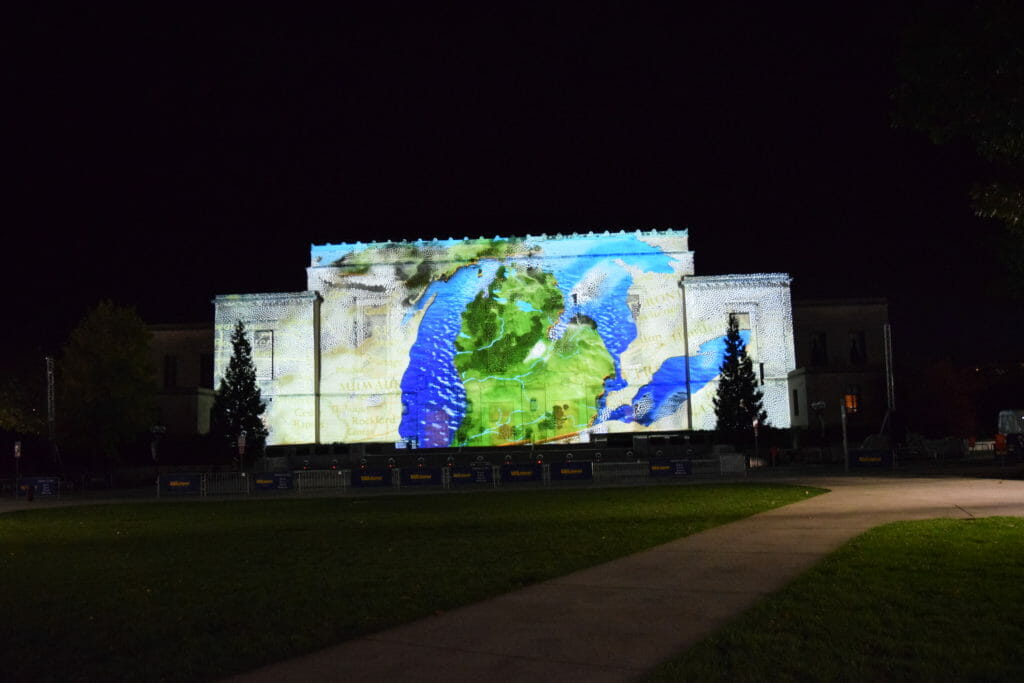
How to use it
To those on the outside, projection mapping might seem like an incredibly hard creative channel to execute. After all, with so many different surfaces to choose from, how can you even think about finding a place to start in your organization? Don’t worry – the best thing about projection mapping is that is works just about anywhere, so there really isn’t any way to go about it incorrectly, as long as you have a clear plan and goals in mind.
First, start by thinking about the goals of your projection campaign. It’s not enough just to want to have such an innovative piece of technology in your corporate headquarters. You need to have it accomplish something. This could be as simple as delivering a wow-factor when visitors walk through your doors, or as complex as helping to close business by adding a creative element to in-person sales pitches.
Next, come up with your creative and your design. Here is where you start to think about what your projection looks like and where it will be projected. Are you leveraging a desk or chair in your lobby or a group of pillars in a cafeteria? Are you creating a video sequence or just a looping slideshow of images? Figuring this out will help immensely when it comes time to design.
Finally, it’s time to execute. This is the most important stage, and it’s where all your hard work and planning will pay off. Working with a skilled team of designers, projection experts, and audiovisual professionals, your team can turn your goals and designs into a reality. A projection mapping requires extensive visual creation, followed by exact placement in whatever room you decide on, followed by extensive QA and testing to ensure everything lines up correctly. Although the timing is considerable, the results are always worth it.
Brands and agencies alike can play a role in working with Bluewater on projection mapping projects. If you’re interested in talking more about the technology please inquire here
